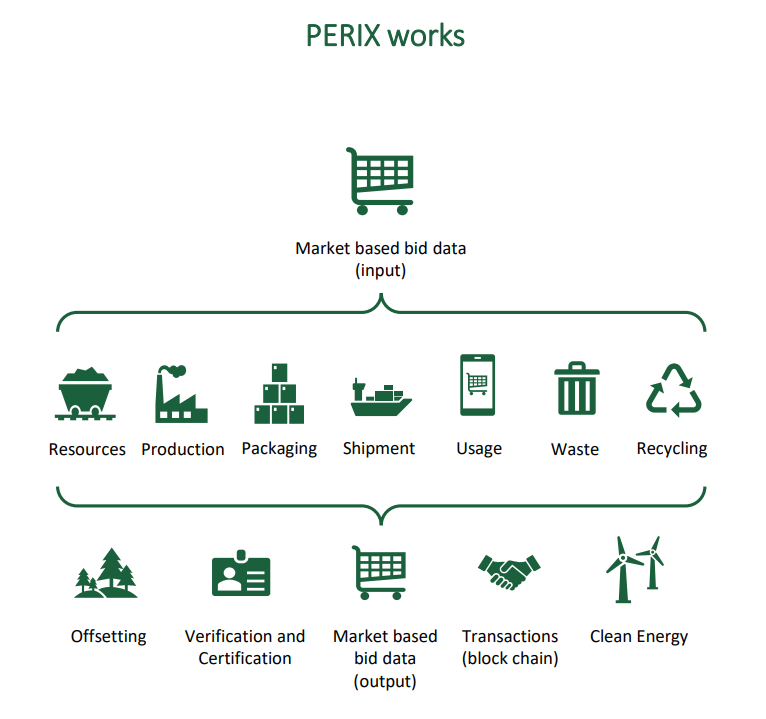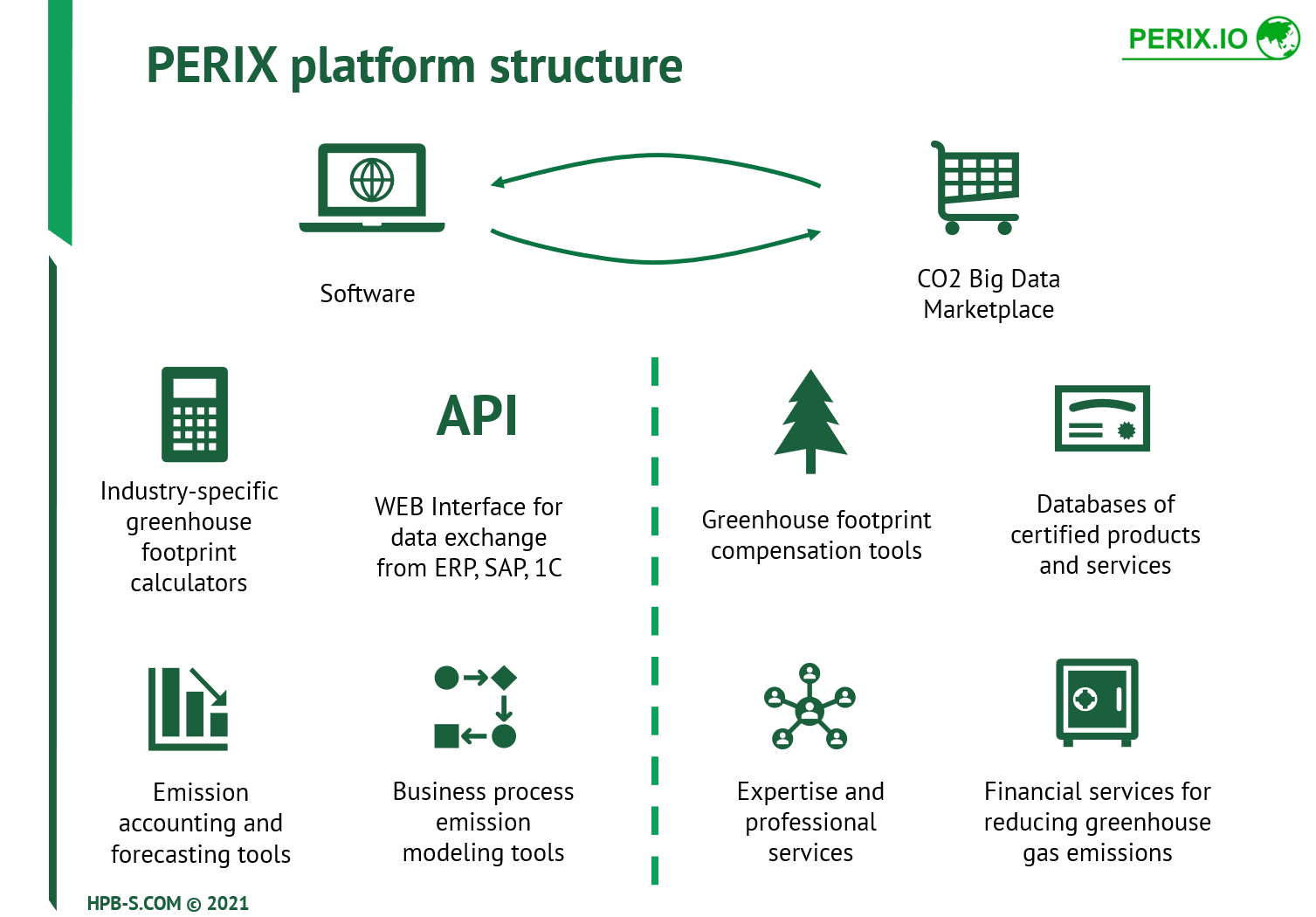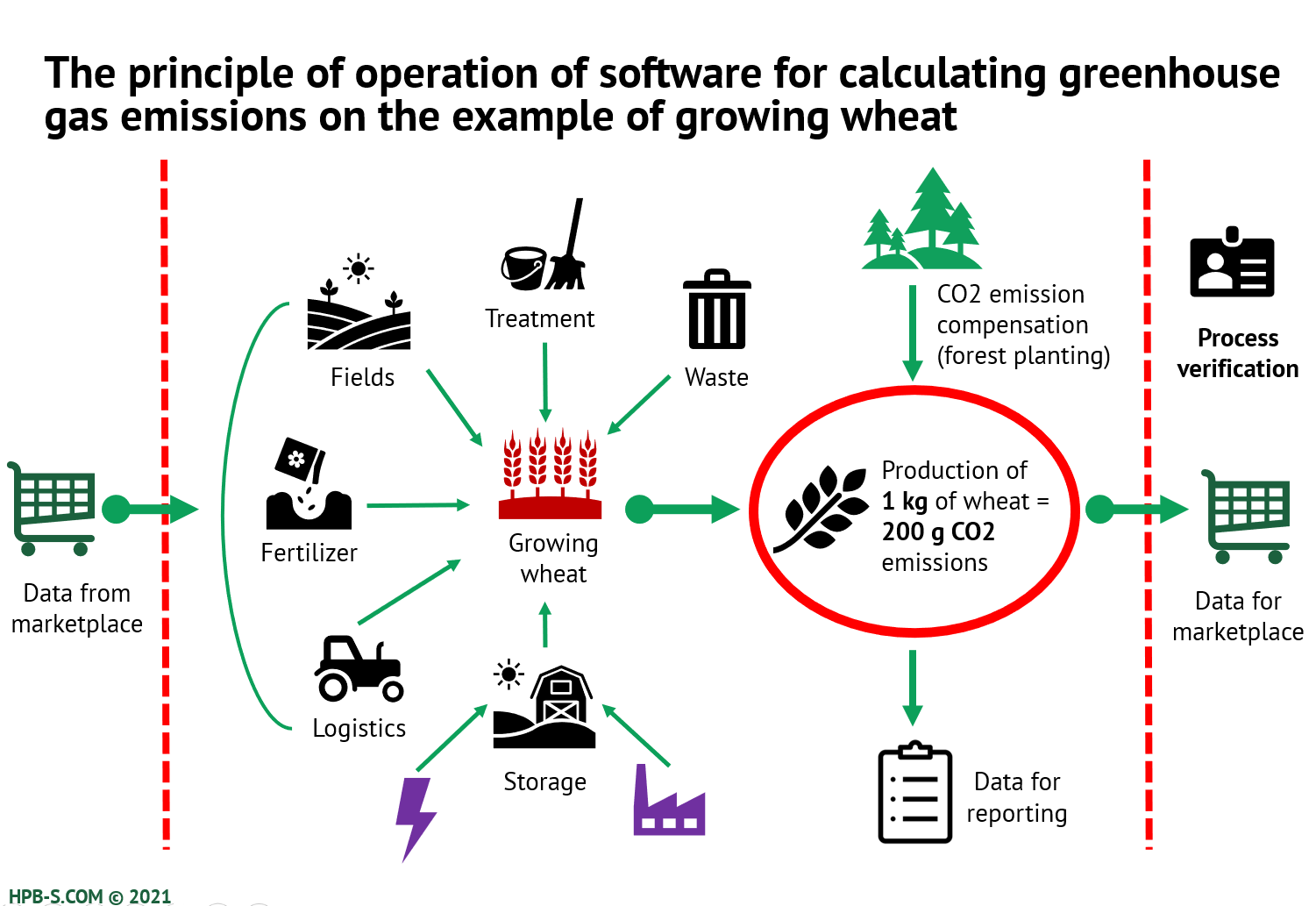




The global economy is undergoing global changes and capital redistribution. The issue of climate change began to be considered in long-term planning. Companies that send their products for export face European rules, which are much stricter than Russian ones. Many countries are introducing carbon taxes, carbon dividends, and quotas. The Paris Agreement has led to the emergence of such an indicator as the “carbon footprint” in the world economy. Governments and stakeholders must work towards the sustainable development of the planet for future generations.
Development of the Concept of Optimization and Compensation of the Carbon Footprint
Climate risk data leads investors to re-evaluate long-term investment projects for a high sustainability level. Climate risks are becoming investment risks. This leads to a reassessment of risks, assets, investment projects. The investment focus is shifting to transparent, carbon-neutral companies that aim to do business sustainably over the long term.
The traditional economy is changing course to green. The key vectors are becoming: low-carbon, circular, inclusive, creative, and ecosystem (biodiversity) economies. Investors are looking at companies that calculate and offset their corporate carbon footprint and the footprint of their products. This means that the company is managing its climate risks. It makes companies more attractive for the investment market and competitive for international operations.
Keeping track of the carbon footprint has become an innovation for companies that the Russian market is not ready yet. The complexity arises in the questions: what to count and how to count? There are lack of practice, knowledge, methods, standards and data. The Russian Federation government gives few guidelines, but they do not cover the whole range of cases. ESG indicators, CDP reporting, EPD declarations, LCA – life cycle assessment are becoming critical rules in conducting international business and attracting investors’ attention. European exchanges are introducing environmental reporting for companies.
In the Russian market, HPBS is developing the PERIX platform to help calculate, optimize and offset the carbon footprint. Multidisciplinary team of specialists in carbon footprint assessment, energy efficiency, supply chain and accounting are working on its creation. The program is based on international practices, research and standards on the carbon footprint of corporations for over ten years.

The PERIX platform set goals to reavilitise natural environment and reduce the greenhouse footprint. Companies produce goods and services, consume resources and energy, use transportation, and generate waste. It leads to greenhouse gas emissions and has an impact on the environment. The environment can no longer cope with such a load, and climate change is taking place. PERIX’s digital infrastructure helps to account for the ecological footprint of products and services at all life cycle stages (extraction, production, transportation, use, and recycling). It allows companies to optimize and offset their carbon footprint.
Using the PERIX platform, companies can calculate, optimize and offset greenhouse gas emissions from their activities.

There are tax cuts for low-carbon products, manufacturing assets, and real estate in international markets.
The PERIX project plans to provide verification and the certification of products with the greenhouse ecolabel. All products will be presented on a single platform showing their ecological footprint. It is planned to create a single information platform to exchange with measured and certified carbon footprint data. Blockchain technology will be used to track product supply chains and carbon offsets. Conscious consumers will be buying the eco labeled products. This will stimulate the sale of greener products.

The funds from selling offset certificate from platform will be inveting to reforestation, renewable energy sources and carbon reduction projects.
The PERIX team invite investors, IT developers to accelerate product development as well as companies to do pilot joint projects.
You can get acquainted with the full text of the article by following the link ⇒ ARTICLE
The article is published in the Amsterdam magazine Innovation-Media
Calculation of the carbon footprint from transport. Delivery of goods.